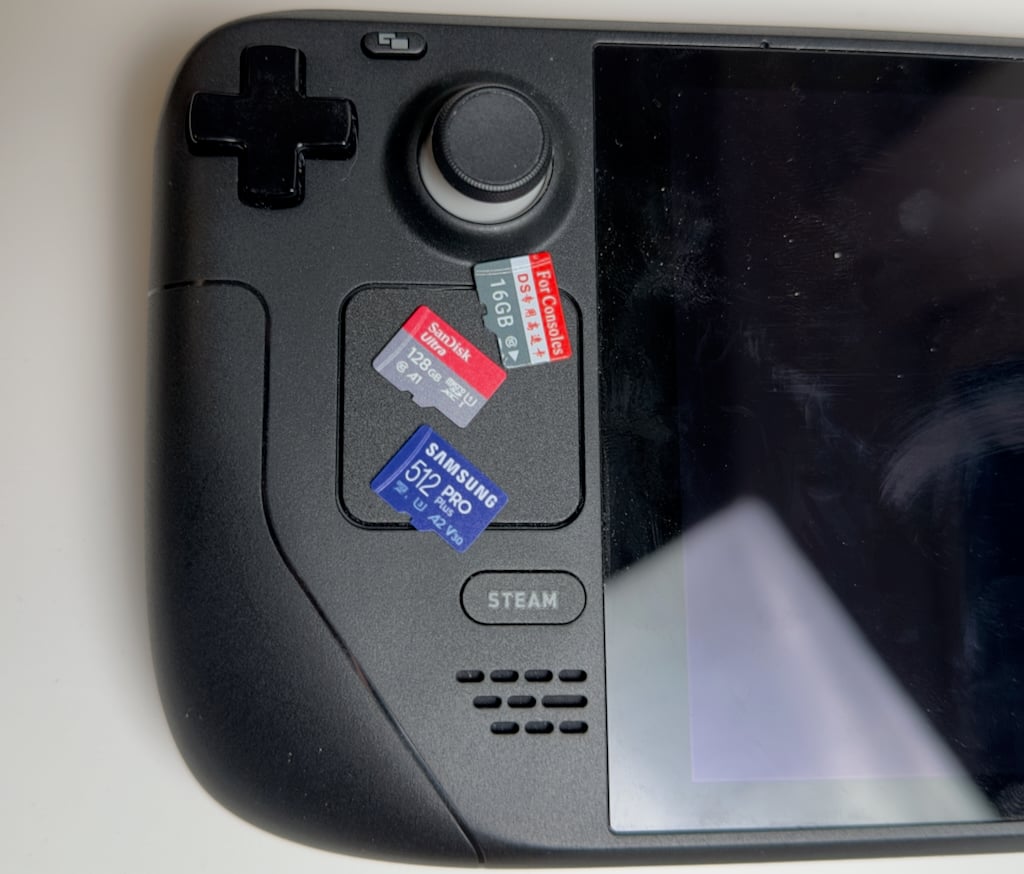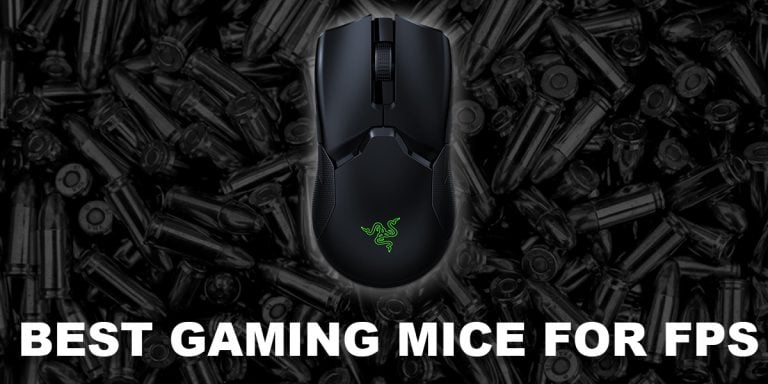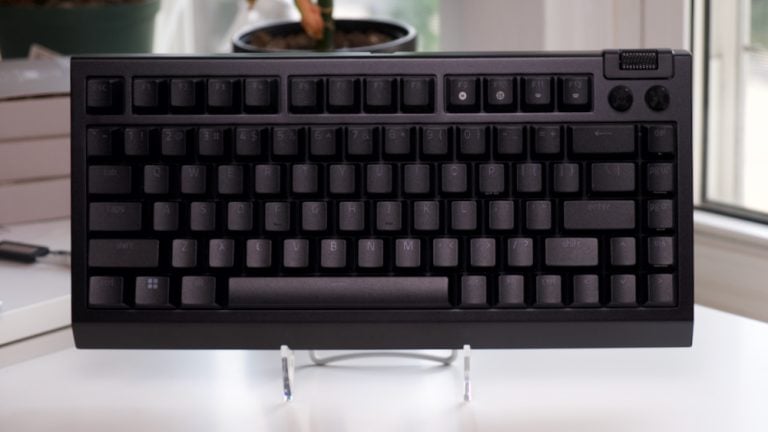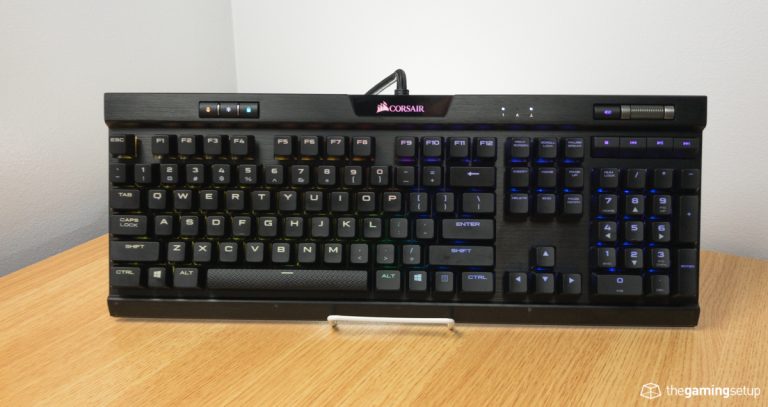Storage needs are going up as the number of games, emulators and other uses for the Steam Deck emerge. If you’ve chosen one of the smaller tiers of storage for your Steam Deck, even if you chose the 512 GB model, microSD expandable storage can help your Steam Deck just carry way more games, or even install a second OS for dual boot.
Here are the best microSD cards for the Steam Deck.
1. Sandisk Extreme microSD
Best Overall
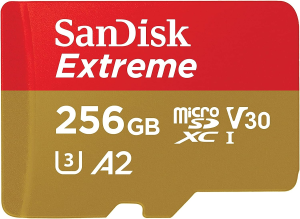
Specs: A2 class, UHS-I, U3 class, up to 190MB/s, 32GB to 1 TB options.
The Sandisk Extreme is a step up from the Sandisk Ultra and is good for those Steam Deck users who just don’t want to wait around for games to install and have fast enough internet to push the pace.
The Extreme is approximately 20%-30% more expensive than the Ultra, it’s a faster card for writing data, here’s what it does better than the Ultra:
- 2x to 3x faster installing games to microSD
- More responsive read/write times for an OS install on microSD
Loading and playing games will perform exactly the same after the install.
If you plan on doing a lot of installs or file movement, then the Extreme is worth it, it’s a reliable and fast card that maxes out the Steam Deck’s card reader capabiilties.
There’s another level beyond Extreme called Extreme Plus that is overkill, Steam Deck just cannot take advantage of the extra speed due to reader limitations.
2. Sandisk Ultra microSD
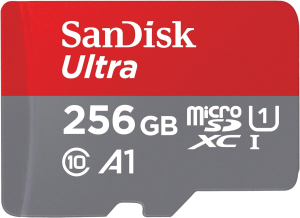
Specs: A1 class, UHS-I, U1 class, up to 150MB/s, 64GB to 1 TB options.
The Sandisk Ultra microSDXC line is in the perfect sweet spot for the Steam Deck. The Sandisk Ultra line can add up to 1TB of expandable storage to your Steam Deck.
This A1 class card will perform at maximum speeds on the Steam Deck for playing games.
The only instance where this card would be slower would be during installation if you have very fast internet. An A2 card would install a game faster than an A1 card, something to the tune of 2x to 3x faster.
After installation though, the Sandisk Ultra will load and run games as fast as any other card.
Sandisk backs their cards with a lifetime warranty and has shown to be one of the more reliable brands in SD cards.
So unless you have a super fast internet speed and plan on installing a lot of games to microSD, or if you plan on dual booting Windows to microSD, the Ultra is easily the best bang for buck.
3. Samsung EVO Select microSD
Another fast card
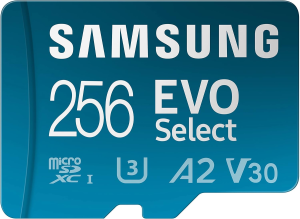
Specs: A2 class, UHS-I, U3 class, up to 130MB/s, 64GB to 512GB options
The Samsung EVO Select has similar performance to the Sandisk Extreme at a slightly lower price. The only trade off is the brand name reliability. I’d rate Sandisk as a more trustworthy brand than Samsung for sd cards.
The other limitation is that the EVO Select doesn’t have a 1TB option.
Still, this is a great option if you don’t want to skimp on performance but want to save a buck in exchange for less of a durability guarantee.
4. PNY Pro Elite
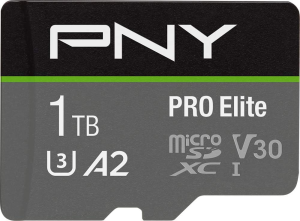
Specs: A2 class, UHS-I, U3 class, up to 150MB/s, 32GB to 1TB options
The PNY Pro Elite is a good alternative option to the Sandisk Extreme. Its speeds max out the Steam Deck’s capability and PNY has a good reputation brand-wise, just not as rock solid as Sandisk’s.
Get this card if you want a fast 1 TB and the Sandisk Extreme is too expensive or out of stock.
5. Lexar Play
The last fast 1TB option
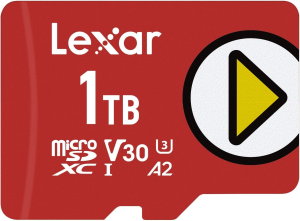
Specs: A2 class, UHS-I, U3 class, up to 150MB/s, 32GB to 1TB options
This recommendation is only valid if you can’t find a Sandisk Extreme or PNY Pro Elite.
If you’re looking to save a buck from the 1TB Sandisk Extreme, the Lexar play is a good option since the Samsung Evo Select doesn’t come in 1TB formats.
This SD card should max out what the Steam Deck is capable of with U3 write speed and A2 class IOPS.
Lexar doesn’t have the best reputation however, if you want that piece of mind, I would recommend going with the top pick.
What the MicroSD naming conventions mean
The Steam Deck is quite a bit more capable than other handhelds you might be familiar with like the Switch, its expandable storage has a bit more speed to be squeezed out. Here’s what all those signs on the SD cards mean.
A1, A2, A3
The A# speed ratings refer to Application performance classes. The classes are determined by how minimally fast a card can get for input and output operations (IOPS). The IOPS speed determines how fast SD cards can randomly read and write data.
A1 microSD cards need to have a minimum 1500 IOPS read and 500 IOPS write to classify as A1.
A2 micoSD cards need to have a minimum of 4000 IOPS read and 2000 IOPS write to classify as A2.
For most Steam Deck applications an A1 card will do just fine. Emulated games are small enough that most games can just be loaded into memory once with no performance drawback. Larger games are usually stored sequentially, so there’s no much random reading and writing going on.
I would definitely look into A2 if you plan on installing Windows on the microSD card, the A2 IOPS will be noticed in that circumstance.
UHS-I, II, III
UHS is another set of classification, that is independent from the A classification. UHS stands for Ultra High-Speed. To be qualified as UHS-I, the SD card must be able to support a transfer speed of 104 Mb/s, UHS-II cards must be able to do 312 Mb/s and UHS-III needs to do 624 Mb/s.
For our Steam Deck purposes, the Steam Deck supports UHS-I speeds only, so a faster card would be wasted on the Steam Deck.
U1 vs U3
U classification refers to write speed, U1 cards can write up to 10 MB/s while U3 cards can write up to 30 MB/s.
This classification is important for Steam Deck when installing games but has no impact on loading or playing games.
V30, V60, V90
I can’t imagine how the V ratings would matter for Steam Deck. The V rating classes are designed for video, V30 must support a minimum sequential write speed of 30MB/s, V60 for 60MB/s and so on.
These write speeds are important for cameras shooting 4K/8K video but not so much for our handheld gaming needs.
microSDXC vs microSDHC
XC stands for xtreme capacity, seriously. XC just indicates that the SD card is capable of storing up to 2TB, while older SDHC only go up to 32GB.
The Steam Deck supports SD, SDXC and SDHC, you don’t really have to worry about this. I would suggest going for as much storage as you can afford though.
How to install and format an SD card on Steam Deck
Installing and formatting an SD card is straightforward.
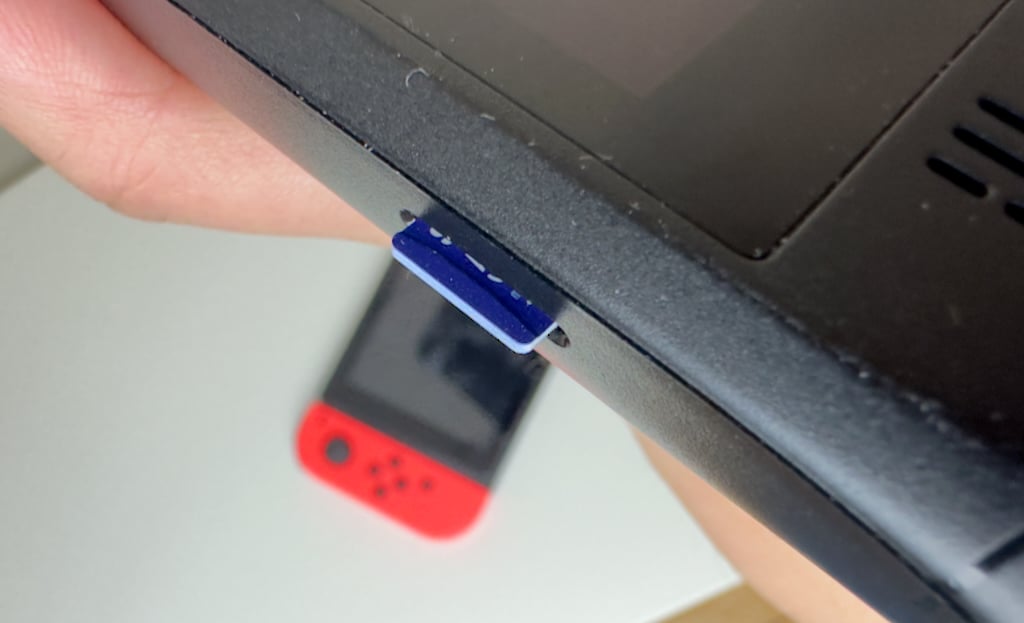
Insert the microSD into the bottom of your Steam Deck, the SD card only goes in one way and uses a spring push to lock mechanism.
Once the microSD card is inserted, simply head over to Steam Deck settings > System and find “Format SD Card”. When you press this, it will wipe out whatever is on the microSD card and format the card to ext4 format, a Linux filesystem format.
The microSD card will now be available to install games on, as well as in desktop mode.
Enjoy!
Reading a Steam Deck formatted SD card on Windows or Mac
Because ext4 is a Linux filesystem, the SD card will not be natively readable on Windows or Mac computer systems.
You can use something like Ext2Read to view and copy Ext4 folders. There are other softwares that allow windows to read Ext4, but there are reports that it causes the sd card to become unwriteable by the Steam Deck, which you will then need to format the card again.
Warpinator is a popular way for Steam Deck users to transfer files to Steam Deck wirelessly. It requires you to install Warpinator on both the Steam Deck and your other computer, then you can send files back and forth no problem.
What microSD cards does Steam Deck support?
The Steam Deck supports standard microSD, SDHC and SDXC cards.

